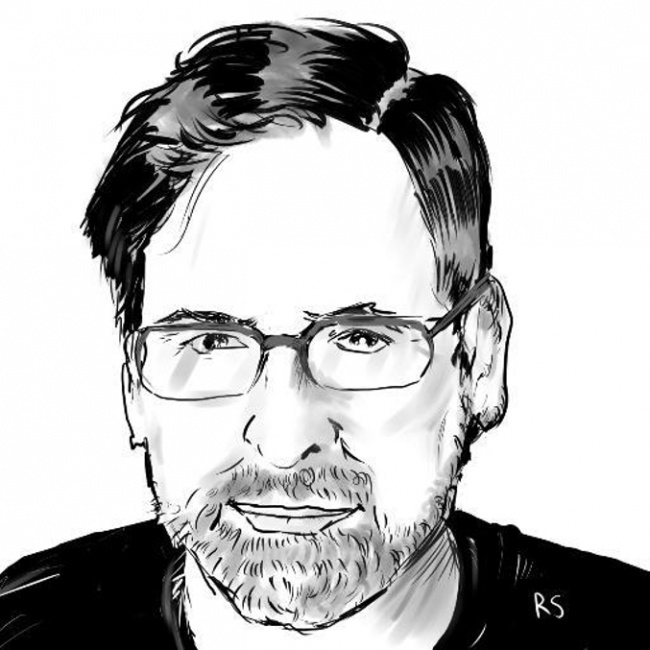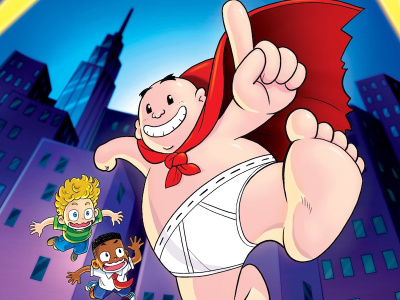While schadenfreude, like cheese sandwiches, may be a dish best served cold, there’s another chilling aspect to this story for fans of nerd culture events and conventions. It’s tempting to view fan cons as an adjunct of the entertainment, comics and gaming industries that supply the content, but that’s not quite right. Cons are live events, same as concerts, food and wine festivals and sporting matches. The organizations that run and support them view them that way and are looking harder and harder at ways that fan events can be pushed closer to other parts of the “experience economy.”
That trend has some upsides, in that fan cons can benefit from improvements in ticketing, logistics, line-management and technology that are helping other big festivals and trade shows offer better experiences for attendees and exhibitors. But it’s also worth watching what’s going on with the economics.
Fans and their money are soon parted. Over the weekend, Slate’s Moneybox columnist Ron Knox had a sobering take on the Fyre Festival situation:
“The culture and economics of the American music-festival circuit have created an environment in which the exorbitantly priced Fyre Festival is an acceptable concept,” he wrote. “It’s taken a decade of steadily rising ticket costs and the advent of lavish VIP packages at most every major American festival to get to this point, where people are now willing to shell out thousands of dollars on an unproven, first-time festival—never mind its plainly illogical mix of luxury perks, complex logistics, and its owners’ now-admitted utter lack of experience in putting on a major music festival.”
Knox cites the inflated pricetags for Coachella (starting at $600 but with packages available that cost as much as $8,500) and Bonaroo ($1650 for VIP tickets, but only sold in blocks of two, with premium experiences as high as $7,000). Have you priced out a trip to SxSW lately? And let’s not even talk about what it costs to take a family of four to a regular-season major league sporting event, much less a playoff game.
It’s all enough to make the cost of a four-day badge to one of North America’s big comic or gaming festivals seem like a bargain, even with hotels and airfare. There’s a reason why SDCC, NYCC, PAX and other fan events sell out in a matter of seconds and scrambles like last week’s “Hoteloween” – the annual stress-fest to book a hotel for SDCC – are now traditions. That’s what happens when demand exceeds supply. It’s a signal to the market that prices are too low.
Culture vs. economics. The fan con economy has so far been blessed by the fact that most cons, including the very biggest, are organized by self-professed fans, and many events grew organically – sometimes over decades – from shoestring niche gatherings. Successful organizers hope for economic sustainability and profits, of course, but you have rarely seen the kind of systematic attempts to separate fans from their money as takes place elsewhere in the events space.
Those decades-old assumptions are now being challenged on a couple of fronts. One big factor is the growing centrality of celebrity photo-ops, especially for mid-tier shows that aspire to crack 60K-75K attendance levels. Competition is driving up the cost of celebrities and prompting agents to demand appearance fees rather than guaranteed minimums. Shows need big halls to draw crowds large enough to cover those costs, and need to fill them with exhibitors who are not only competing with each other for fan dollars, but also with organizers and celebrities.
That model has been showing signs of strain for the past couple of years. Paying admission costs to an event for the privilege of lining up for hours to pay even more money for a few seconds with a celebrity is not a great experience for most fans, even those who really need a signed pic with William Shatner or Norman Reedus to complete their lives.
Adapt and/or die. I’ve lately been in some conversations with people in the industry looking for ways to streamline that aspect of fan conventions using technology and novel business arrangements. While that would be welcome on many levels, it is also the path that leads rather quickly to the kind of velvet-rope, high-dollar stratification that has turned music festivals into cash-extraction machines where art, culture and community are subordinated to “once-in-a-lifetime luxury experiences.”
There is also talk of even further consolidation in the fan events space as outside financial players eye the billion-dollar pile of nerd dollars that cons rack up annually. That’s what happened to the music industry in the 2000’s when Live Nation and AEG swept in and rolled up local, independent festivals. That improved their negotiating position with artists and provided economies of scale to save costs. This being 21st century America, the companies put those savings right into their own pockets and jacked admission prices through the roof, adding on tier after obnoxious tier of high-end VIP packages to maximize their take from well-heeled customers.
Music and sports have somehow managed to survive this degree of financialization, at least so far, but attending a game or a big-venue musical performance these days, if you can afford it, is a far cry from the ground-level, bleacher bum culture that turned them into mass culture phenomena in the first place.
There’s some hope that most of the fan con industry under current management understands the long-term value of maintaining accessibility and relative egalitarianism. Ultra-high-end VIP packages haven’t done much to rescue the fan cons that have oriented their business strategies around them, and most of the “con disaster” stories tend to be when those arrangements go wrong.
However, as the Slate article points out, the music concert business didn’t devolve overnight into a situation where a fiasco on the level of the Fyre Festival became possible. It was the product of a solid decade of work by financially sophisticated monopolists gradually ratcheting fan expectations around higher and higher prices for more and more calculated, orchestrated experiences.
The opinions expressed in this column are solely those of the writer, and do not necessarily reflect the views of the editorial staff of ICv2.com.
Rob Salkowitz (@robsalk) is the author of Comic-Con and the Business of Pop Culture.









